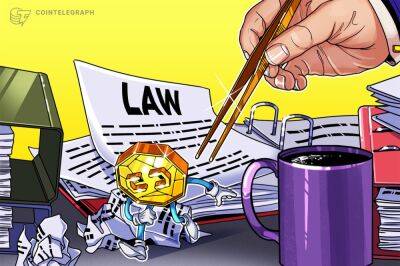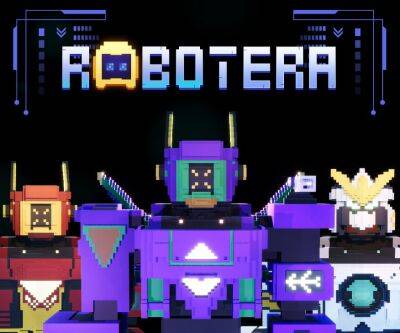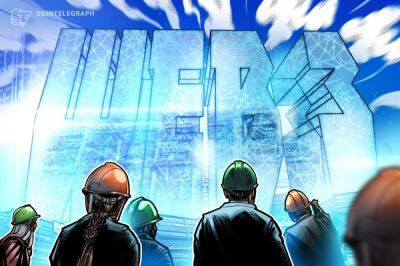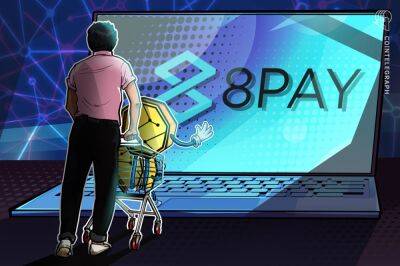Opinion: The Inter-Blockchain Communication Protocol will end ecosystem maximalism
When I entered crypto, I succumbed to the contest between blockchain ecosystems, believing one had to be “better” than others. I have since realized the future of cryptocurrency is bringing with it a variety of platforms that will excel at different things. With the Inter-Blockchain Communication Protocol (IBC), I’ve left behind the days of thinking chains haveto compete and embrace a connected interchain future. Let me explain.
Solana, Polkadot, etc. — what do they have in common? They are individual state machines, each trying to achieve something only one has done before: create a sustainable, robust ecosystem of developers, investors and, most importantly, users.
So far, Ethereum shows no signs of slowing. Since beginning the summer of 2020 with an 8% share of the total crypto market, Ether (ETH) has since captured nearly 20% of the market and has remained there.
There is a reason why the first sentence of many pitches for layer-1 solutions includes the term “Ethereum Killer.” It’s the Moby Dick of crypto — the liquidity king. And so, many projects take on the challenge of improving upon Ethereum, to “build it better.” Unfortunately, the first thing is often a “bridge.” Bridges have exposed users to many risks and resulted in a large number of problems. However, most people are blissfully unaware they are exposed to exploits during the process of bridging and for the entire time that bridged assets are held. Most are also unaware they are holding nothing more than an IOU.
Related: zkEVM could be the endgame for blockchain infrastructure
The original token that represents everything they bought sits on its original chain. Meanwhile, they’re trading the equivalent of a piece of paper.
There are obviously exceptions to the
Read more on cointelegraph.com






















